Saara Naudts, Physics Teacher (Peel District School Board)
saara.naudts@icloud.com
When I was looking at a quick and fun activity to spark students’ interest in optics, I came across several "how to turn your smartphone into a 3D hologram" videos. It shows how when you place a small, clear pyramid on your phone's screen playing a specially created “hologram” video, the video appears floating above your phone within the pyramid.
Intrigued, I wondered if this was just another internet hoax as I couldn't understand how a hologram can be created using a smartphone, but a colleague overheard my questioning and affirmed she heard from a teacher's friend's friend that this works! Hmmm... I wasn't really oozing confidence after that answer, so I tried building one myself.

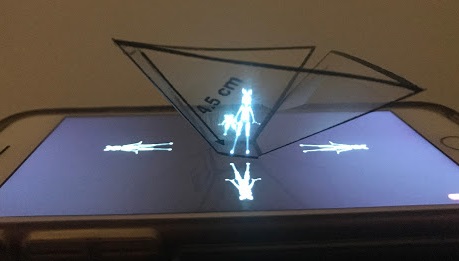 Figure 1: A phone “hologram” constructed by a student
Figure 1: A phone “hologram” constructed by a student
How to build a "Phone Hologram"
I tapped into my inner crafty self and, according to the video, it should only take 10 minutes to construct my little pyramid.
The required materials included an Exacto knife, a clear CD case, tape, scissors, paper, and pen. The instructions boiled down to tracing a 6 cm by 1 cm trapezoid onto the clear CD case and cutting it out with the Exacto knife. Repeat 3 more times and then tape the 4 pieces together.
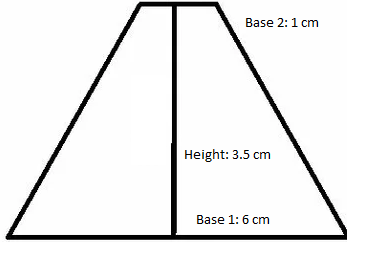 Figure 2: Size of each panel
Figure 2: Size of each panel
Stop right there! There is no way that my class of 30 students is going to be able to draw and cut perfect trapezoids out of CD cases in 10 minutes. Furthermore, I might need to explain to them that music used to come on discs held in these protective cases and do I have enough of these lying around?
So, it was time to come up with Plan B. I looked for a CD case alternative in my supply cupboard and found a few overhead transparencies. Bingo! While not as sturdy as the CD cases, transparencies are cheap and readily available, plus I could use scissors instead of Exacto knives. Next, I Googled "phone hologram template" and found https://maker.pro/custom/projects/diy-hologram. After a few printouts and some cutting and pasting on my part, I was able to squeeze seven templates onto one letter sized transparency. This made the students’ task simpler, and now all the students had to do was cut, fold and place a small piece of clear tape to create a pyramid. My craftiest students can accomplish that in 1 minute. The project is now safer, more precise, and 90% faster!
Does it work? It does! It is totally cool and totally easy. Just search YouTube for "hologram videos", place your pyramid onto the screen, turn off the lights, and enjoy the show like 2 million people have done before you. Here are two examples.
The Science Behind the "Phone Hologram"
When looking for videos to use with the trapezoids, you must search for "phone hologram". However, these are not holograms as defined by physicists. Holograms are 3D images created by the interference of light beams. Unlike these so-called “phone holograms", they can be viewed from any angle and there is no need for plastic screens. These are much simpler optical devices and this is a great teaching opportunity to show how popular culture uses words differently from science.
The actual science at play here is caused by reflection. This is a modern take on an illusion called "Pepper's Ghost" which was first described in 1584 by Neapolitan scientist Giambattista della Porta and popularized for theatrical use by John Henry Pepper in the 1860s. Pepper's Ghost is a special effect that creates transparent images by reflecting objects off a sheet of clear plastic or glass. When a real or recorded image is reflected in a transparent screen at a 45o angle, viewers see a reflected virtual image that seems to have depth and appear out of nowhere.
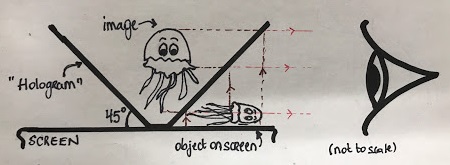 Figure 3: Schematic Diagram of Pepper’s Ghost
Figure 3: Schematic Diagram of Pepper’s Ghost
The Pepper's Ghost illusion has been a staple in theatres, haunted houses, amusement parks, and other venues. During the 2014 Billboard Music Awards, an illusion of the then deceased Michael Jackson was projected onto the stage for a performance of the song "Slave to the Rhythm".
Where does this fit in the curriculum?
I held this craft session on the first day of the grade-10 optics unit to spark some interest. There is also a place in the grade 12 light unit, especially after studying holograms. Building the "phone hologram" can also be used in any general science course as a critical thinking activity.
Suggested “Next Steps”
After pointing out that this so called “phone hologram” is not really a hologram, I had students figure out how it worked and which of the four images on the screen they were actually seeing. As students were sitting around the pyramid, they conducted a series of test such as covering up two opposite images, two images beside each other, and three images. Each time they made note of who was able to see the image and who wasn’t. They also tried viewing the pyramid at various angles.
In the end, they should be able to conclude they see the image of the video of the side they are watching. In other words, even though there are four objects on the screen, the image observed is actually only one. This is exactly as was predicted by reflection explanation.
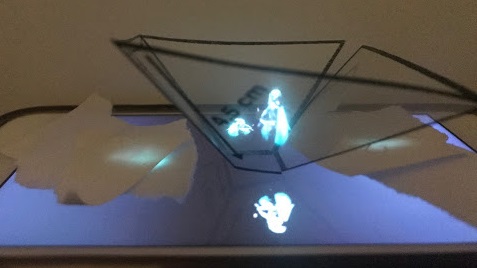 Figure 4: Covering up the side images on the screen, still allows you to observe the “hologram”
Figure 4: Covering up the side images on the screen, still allows you to observe the “hologram”
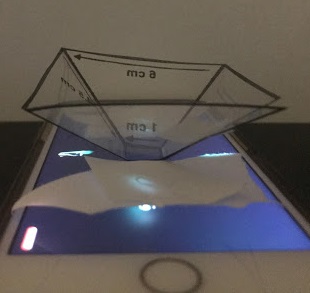 Figure 5: When looking at the “hologram” from another angle, the image disappears
Figure 5: When looking at the “hologram” from another angle, the image disappearsTags: Optics






